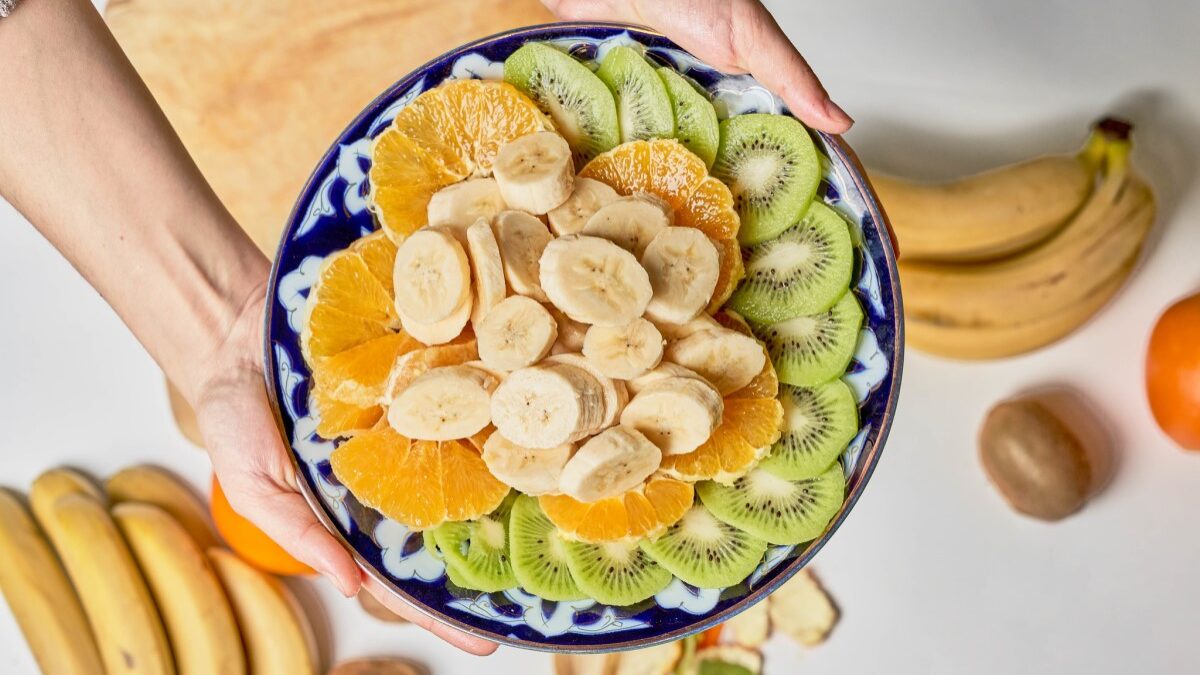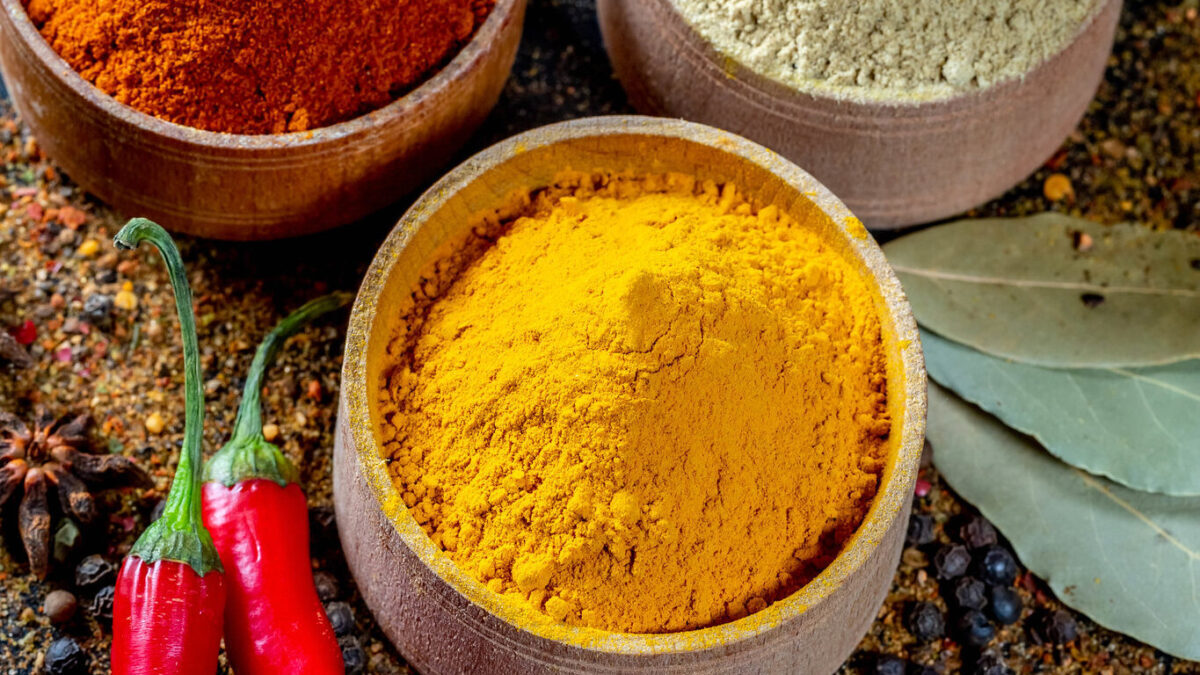
My grandpas were farmers. I grew up eating their meat and produce, learning from their stories. When I was a little girl, we’d gather on the back porch—great-grandpa, grandpa, father, siblings—and we’d shuck sweet corn together. Great-grandpa would tell stories of driving a four-horse team at age eight, watching silent movies, tending a farm during the Great Depression.
His life’s work has influenced the way I buy and eat food, the way I consider farming. And today—National Agriculture Day—seems a perfect opportunity to consider ways we could all support farmers and their work.
1. Thank a Local Farmer
Farm work is probably harder than you realize. During harvest seasons, farmers often work 12 to 16 hours at a time, waking at or before 4 a.m. to get a head start on the day. Many of them spend their weekends at farmer’s markets, selling their goods to local consumers. Yet despite all this, they often barely make ends meet: about 75 percent of farms make less than $50,000 a year.
Did you know most farmers have to have a separate job or source of income just to survive? Second-career farmers, says the Washington Post, now “account for the majority of new agricultural business owners in the county.” Perhaps this helps explain why America’s farm population in steadily declining. “In just five years,” notes Vox, “The US experienced a net loss of 90,000 farms.” In 1840, almost 70 percent of the American labor force worked in agriculture—but by 2000, barely 2 percent remained.
That’s why it’s important, if you know a farmer, to thank him—for choosing a hard (but essential) vocation. Keeping a farm alive is hard and often thankless work. The people who grow your food put in long hours for little pay. Today gives us an opportunity to thank farmers for the food they put on our tables.
2. Visit a Farmer’s Market
Some people complain that frequenting a farmer’s market is expensive—but this isn’t always true. According to a study of Vermont farmer’s markets conducted in 2011, the markets’ conventional produce was on average the same price as grocery store produce, while their organic produce was actually cheaper. In an article about farmer’s markets for the Huffington Post, farmer and author Forrest Pritchard cites this 2013 study by The Project for Public Spaces, which states that “60 percent of farmers’ market shoppers in low-income areas of the country feel that their local markets offered better prices than supermarkets, and only 17 percent of shoppers cited ‘high prices’ as a deterrent to shopping locally.”
But there are a lot of other benefits to frequenting a local farmer’s market, beyond price. First, the food is just plain good. Many people claim that after you buy a farm-fresh tomato, you’ll never be able to go back to the grocery store’s bland offerings again. I think they’re right, but would urge you to test the claim for yourself (during the summer, when tomatoes are in season).
From a political perspective, buying local also plays a larger role in fostering a more decentralized political and economic environment: it establishes and facilitates community and commerce at the local level, thus undercutting the centralizing, over-policing tendencies of the state (more on this later).
3. Make a Farm-to-Table Meal
Here’s a list of what’s in season right now (although you’ll also be able to tell just by visiting your local farmer’s market). Adding seasonal veggies to everyday meals can be remarkable easy. While March may seem like a difficult season—most of the United States is still experiencing wintry weather, so produce options are still somewhat limited—here are some ideas I’ve been trying out lately:
- Make your favorite meatloaf or baked chicken recipe, and serve oven-roasted vegetables on the side.
- Puree peas, then add to mac n’ cheese.
- Garnish your toast with avocado and radishes.
- In honor of St. Patrick’s Day, make corned beef and cabbage.
- Try making a parsnip or cauliflower soup.
- Buy (or make) pizza dough, top it with pesto or marinara, cheese, seasonal veggies (like sautéed mushrooms or brussels sprouts), and bacon or sausage.
- Add seasonal fruit to your pancakes.
- Make lots and lots of pie.
4. Find Out Where Your Food Comes From
“You can’t have integrity without transparency, and you can’t have transparency without a short chain of custody,” farmer and author Joel Salatin told me during an interview last year. “The locavore movement is really a rebellion against the adulteration and abuse of the industrial food system.”
The idea of stewardship—loving commitment and care for a particular place—has largely faded from conservative thought. This loss is (in part) the result of a misapplied consumerism, one that treats the world much like an iPhone: as something that can be traded in or thrown away once it’s been used up. We often treat nature as a commodity that can be freely spent. We’ve forgotten that the word “conserve” is inescapably embedded in the word “conservative.”
This applies very practically to the way we view agriculture. Stewarding land requires rightly treating its resources: soil, plant, and animal. Thus, factory-farmed, maltreated livestock presents the opposite of what true stewardship ought to look like. A farm that decimates the health and vibrancy of its soil also fails the stewardship test. And we mustn’t forget that human trafficking still exists, and is often present in agriculture.
Few conservatives consider modern agriculture and its excesses, because we’re only worried about what’s affordable and efficient. We’re not worried about long-term costs. Yet everything we buy—from a Big Mac to a carrot—reinforces a pattern of capitalism that either kills or cultivates true stewardship. And while it would be ridiculous to insist that everyone always buy sustainably produced fruits and veggies, it is also true that small, conscientious changes can make a considerable difference in how food is cultivated and created.
Conservatives should be conservers: informed consumers who know what they’re buying, and why. Though buying from big, industrialized farms isn’t inherently bad, their business models are often less sustainable and profitable for the earth long-term than their smaller counterparts. As Wendell Berry puts it in one of his essays, “eating… is inescapably an agricultural act… [and] how we eat determines, to a considerable extent, how the world is used.”
5. Support Pro-Farm (and Anti-Cronyism) Legislation
When it comes to fighting crony capitalism, agricultural subsidies and regulations are perhaps one of the biggest battlefields free-market conservatives and libertarians face.
Take government crop insurance: under traditional crop insurance, farmers buy a policy that provides them with a safety net in case of catastrophic or unanticipated losses. But farmers with more money at their disposal can pay a higher premium and procure a “harvest price option” (HPO) policy, which guarantees farmers will be paid either the standard price at planting time or the market price at harvest—whichever is higher. Libertarian think tank R Street likens this to “your auto insurer surprising you with a new Cadillac Escalade after you’ve totaled your Toyota Corolla.”
The farm bill’s HPO policy inordinately helps large industrial farms make an extra buck at harvest time, giving them an unfair advantage over smaller farmers who cannot afford the same coverage. Rep. John Duncan (R-Tennessee) told Taxpayers For Common Sense, “Big agro businesses and insurance corporations have a sweet deal with our crop insurance. … The largest corporate farms collect the lion’s share of the money, creating an unfair playing field for family farmers.”
This is why Duncan, along with Jeff Flake (R-Arizona) and Sen. Jeanne Shaheen (D-New Hampshire), has introduced the Harvest Price Subsidy Prohibition Act, a bill that targets the HPO crop insurance policy. Americans ought to know that such unfair subsidies and supports exist, that they’re slowly killing small farmers, and that we pay for them with our taxes.
Another way to support farms is by advocating for local food freedom: a great example of this is the Wyoming Food Freedom Act, just signed into law, which deregulates locally-produced foods and promotes direct farm-to-consumer food sales. The act exempts local food sales from “government inspections, licensing and certification as long as they are single transactions between a producer and an ‘informed end consumer.’” This applies to farmers’ market sales, as well as “the ability for small farmers or other individuals to sell homegrown or locally raised products.”
Why is this important? Our current food-regulation system, in practice, puts regulators and government bureaucrats in control of what we eat. But this “government-can-fix-it” mentality often leads to regulations that favor agribusinesses and hurt farmers. The licensure, permitting, certification, inspection, packaging, and labeling requirements by state agencies are expensive and time-consuming for smaller outfits. That doesn’t just affect their ability to make a living—it also affects the price you have to pay at the farmer’s market or local grocery store.
Thomas Jefferson once said, “If people let government decide what foods they eat and what medicines they take, their bodies will soon be in as sorry a state as are the souls of those who live under tyranny.” While government accountability isn’t wrong in and of itself, it’s an expensive and often tyrannical means of food accountability. A more efficient and principled system is the local one, in which consumers can visit, converse with, and personally inspect the farms from which they procure their food. It’s a system policed without government cost, and reinforced by self-interest.
So, Enjoy!
The saying “you are what you eat” often seems like an exaggeration. But there are few (if any) trades in the United States as historically, societally, or environmentally important to our wellbeing as farming. It undergirds our culture, commerce, health, and landscape. How it flourishes in the future is undeniably influenced by the way we buy and consume food today.
So, today, consider what you eat. Consider the farmers you know, the farmers in your county or even neighborhood—and how they influence not just you, but American agriculture and society as a whole.









